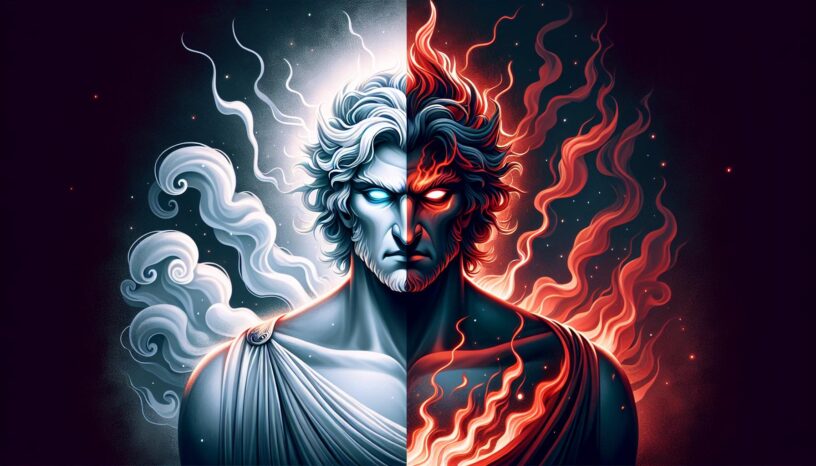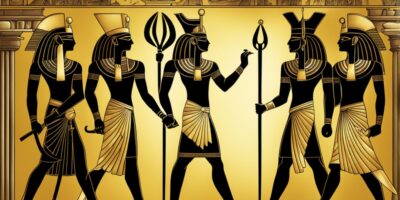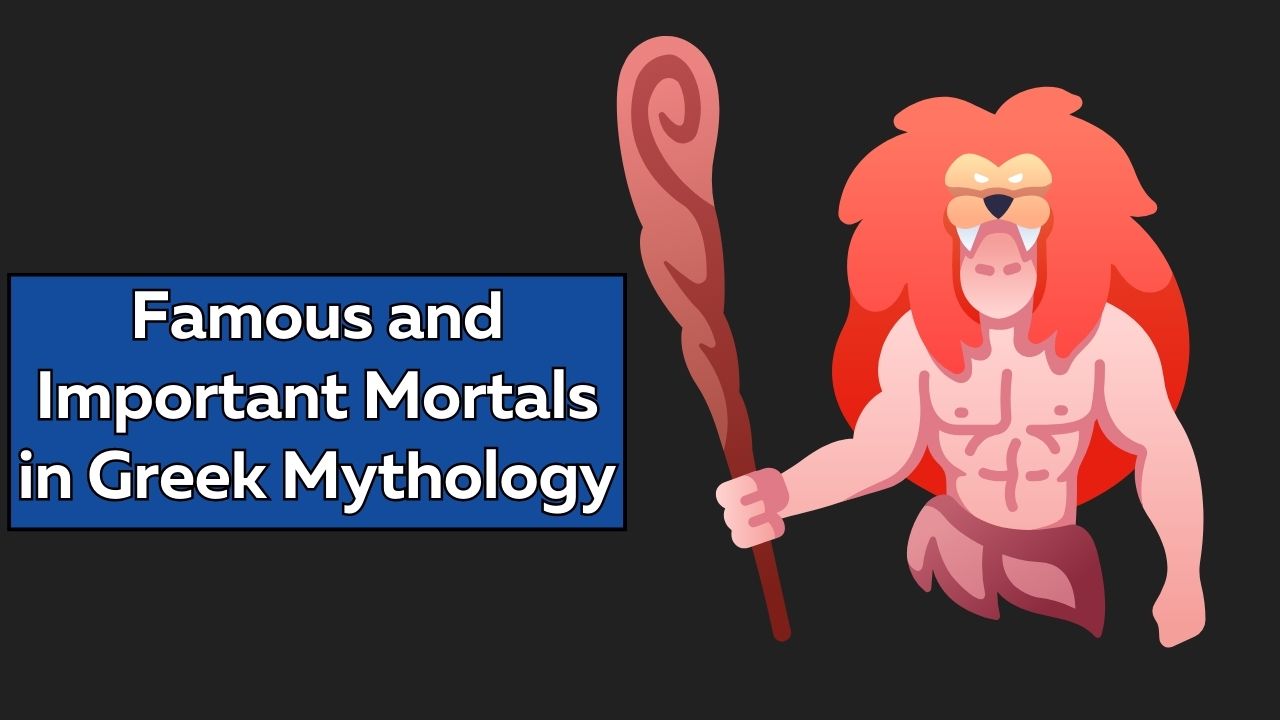Introduction:
Hades is one of the most recognizable characters in Greek mythology. He is the brother of Zeus and Poseidon and the ruler of the Underworld. He is a powerful and mysterious figure who is often depicted as a cold, calculating villain. But is Hades actually good or evil? This article will explore the complexities of Hades’ character and reveal his true nature.
Point 1: Hades’ Life and History
1. Origin Story: Hades’ origin story is deeply intertwined with the gods and goddesses of Greek mythology. He was born as a son of the titan Kronos and his consort Rhea, alongside five other siblings. According to mythology, after Zeus, Poseidon, and Hades drew lots, Zeus became ruler of the heavens, Poseidon the ruler of the seas, and Hades became ruler of the Underworld. As ruler of the Underworld, Hades was isolated from the rest of the gods and was often considered an outsider.
2. Characteristics: Hades is often depicted as a dark and mysterious figure, shrouded in shadows and secrets. He is often said to be a powerful and mysterious deity who is unafraid to make powerful enemies. After his transition to the Underworld, he became isolated and bitter, which can be seen in his relationships with the other gods. He is also known for being cruel and unforgiving, and he is not easily moved by appeals for mercy.
3. Influence: Although he is often viewed as an antagonist, Hades is a powerful figure who has a great deal of influence on the other gods. He is respected as a powerful leader, and his word is law in the Underworld. His alliance with Zeus and Poseidon is a powerful one, and his influence is felt throughout the gods of Olympus.
Point 2:
1. Hades as a Law-abiding Ruler: Despite his dark and mysterious nature, Hades is often portrayed as a wise and law-abiding ruler who is devoted to maintaining order in the Underworld. He is often described as a just and fair ruler who enforces laws without prejudice. Hades’ strict adherence to the law makes him respected as a ruler of the Underworld, and he is often seen as a powerful advocate for justice and order.
2. His Compassionate Side: Despite his intimidating appearance and demeanor, Hades is known to have a compassionate side as well. He is said to be fond of those who show him loyalty, and he is said to be capable of providing aid to those he cares about. When Persephone was abducted by Hades, he was said to have pitied her plight and allowed her to return to the mortal realm.
3. A Complex Character: Overall, the complex character of Hades makes it difficult to categorize him as either good or evil. He is a powerful and respected ruler who enforces the law, but he is also a complex figure full of contradictions. He is both feared and respected, and his actions often reflect a mixture of both light and dark.
Point 3: Hades’s Relationship with Humanity
1. As the God of the Dead: Hades’ primary role in Greek mythology is as the god of the dead. He is the anonymous ruler of the Underworld, and all dead souls must pass through his domain. He is often displayed as a dark and mysterious figure who is unafraid to make powerful enemies. Despite this, he is capable of mercy and kindness, as seen when he allowed Persephone to return to her mortal family.
2. Underworld as a Way of Life: Despite his fearsome persona, Hades’ relationship with humanity is not one of malice or evil. He serves as a guide and protector to the dead, helping them transition peacefully to the afterlife. He also serves as a source of life-altering wisdom, providing advice and guidance to mortals who seek it.
3. Representation of Our Fear of Death: Hades is often presented as a figure to be feared and respected because he is a representation of death. He is a reminder that no matter how powerful or beloved we may be in life, death is an inevitable end. His dark presence serves as a reminder that the cycle of life must eventually come to an end, and that we should make the most of our allotted time in the mortal world.
Point 4: Hades in Popular Culture
1. Representation in Film and Television: The image of Hades has been explored and re-imagined in a variety of modern media, from film and television to comic books and video games. He has often been portrayed as a villainous character with a dark and mysterious edge. However, he is also often shown to be a complex figure who is capable of pity and mercy.
2. Representation in Comics and Video Games: Hades is also a prominent figure in comic books and video games. He is often featured as a powerful and mysterious villain, or as an anti-hero with a conflicted sense of morality. Hades in pop culture usually reflects his true nature as a complex figure who is capable of both good and bad.
3. Symbolism: Hades’ image and presence have been explored in a variety of ways, and he serves as a powerful symbol of death and mortality. He serves as a reminder of our mortality and of the power of death, and his representation in popular culture speaks to our continued fascination with the myths of ancient Greece.
Point 5: Hades as a Dynamic Figure
1. Progression Over Time: The perception of Hades has changed over time, as he is no longer seen as the malevolent deity of Greek mythology. His character has evolved to include more shades of light and darkness, allowing him to become a more dynamic figure. He is no longer a mere figure of evil, but rather a complex and mysterious being who is capable of both good and bad.
2. A Multifaceted Character: The modern interpretation of Hades has allowed him to become a multifaceted character. He is capable of both justice and mercy, and his character is deeply intertwined with the gods of Olympus. He is often seen as a powerful and wise leader who is respected by the gods. He also serves as a powerful symbol of our mortality, and reminds us of the life-altering power of death.
3. A Symbol of Power and Mystery: Hades’ presence in popular culture is a testament to his continued popularity and influence. He is both a powerful and wise leader, and a mysterious and misunderstood figure who is capable of both light and darkness. He is a reminder of our mortality, and his mysterious nature allows him to remain a powerful symbol of power and mystery.
Point 6:Conclusion
Hades is one of the most iconic characters in Greek mythology. He is a powerful and mysterious figure who is often seen as a dark and malevolent figure. However, he is much more complex than he is often depicted, as he is capable of both justice and mercy. His image has evolved over time to become a more dynamic and multifaceted character, and he remains a powerful symbol of our mortality. Ultimately, Hades’ relationship with humanity is one of both darkness and light, and his character is one that is impossible to categorize as either good or evil.







Leave a Reply